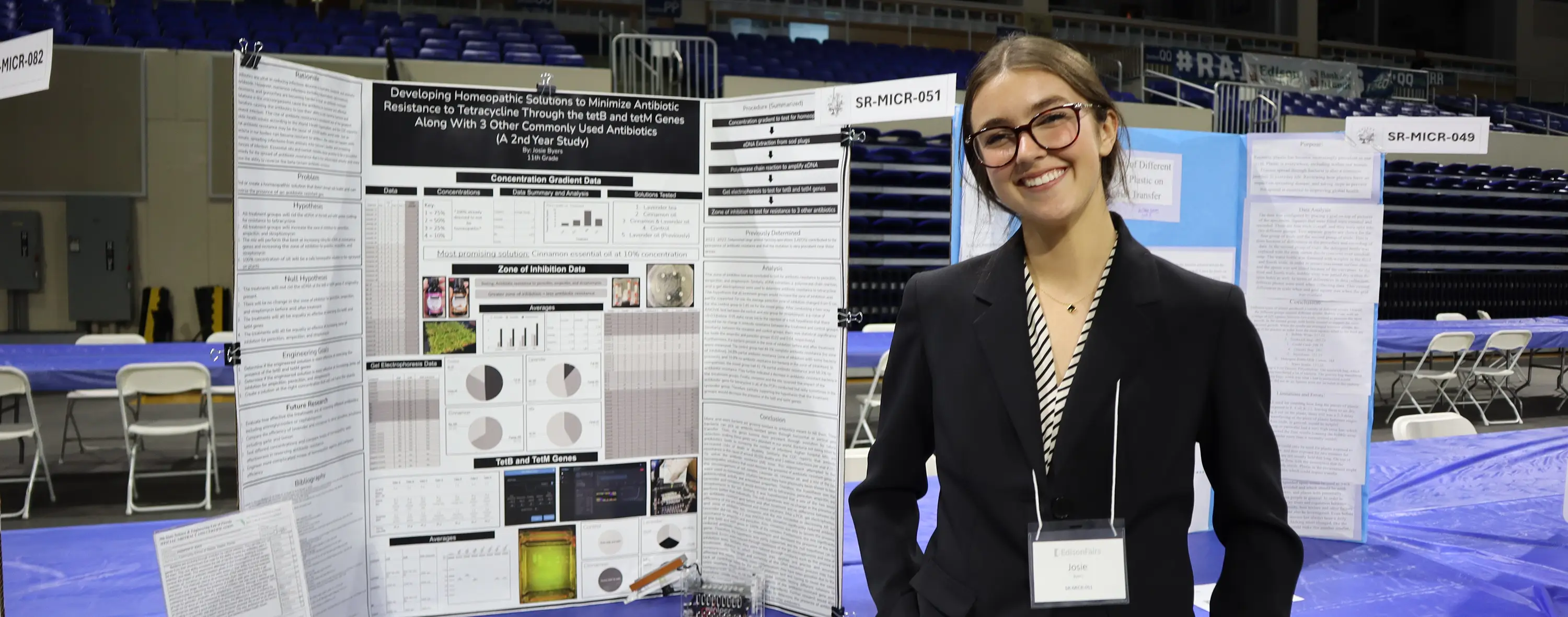Things to Consider
- According to regional, state and international rules, am I allowed to do this project? Use the ISEF Rules Wizard
- How long will this experiment take to complete? Do I realistically have the time to complete the experiment?
- How will I determine results for my experiment? Do I know how to determine that something happened?
- Is my experiment exactly like other experiments that have gone to regional/state/international competition?
- Does my experiment have just one independent variable (one thing you are testing)?
- What are my responsibilities as a student researcher?
Do I have access to the resources that I need? This includes equipment, supplies, type of lab (BSL-1 or BSL-2), supervising scientist, etc.
Read the ISEF, SSEF, and regional fair rules thoroughly before moving forward to ensure your project fits the competition guidelines.
Links
- ISEF Rules – scroll down to “Rules and Guidelines” then click on the current year’s full rulebook
- SSEF Rules – go to “For Students” folder, then look for the current year’s rules supplement – THESE SUPPLEMENTAL RULES SUPERSEDE ISEF RULES
- SRC Checklist for Project Preapproval
- ISEF Code of Ethics and General Rules
- https://ruleswizard.societyforscience.org/?_gl=1*1qd5iac*_ga*MTQ0NTI0NTI1OC4xNzUwMTgwMjky*_ga_BM0C2309P1*czE3NTAxOTY0MTAkbzIkZzEkdDE3NTAxOTY0ODkkajYwJGwwJGgw” target=”_blank”>ISEF Rules Wizard
- Assess your lab as BSL-1 or BSL-2 by using the documents found in the “For Students” folder here
- SSEF Project Resources
- Edison Fairs Rules and Guidelines
- Project Limitations Considerations
- For specific questions about your project’s ability to pass the approval process, contact the SSEF SRC at flscifair.src@gmail.com




